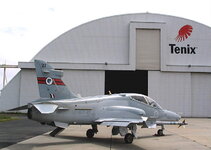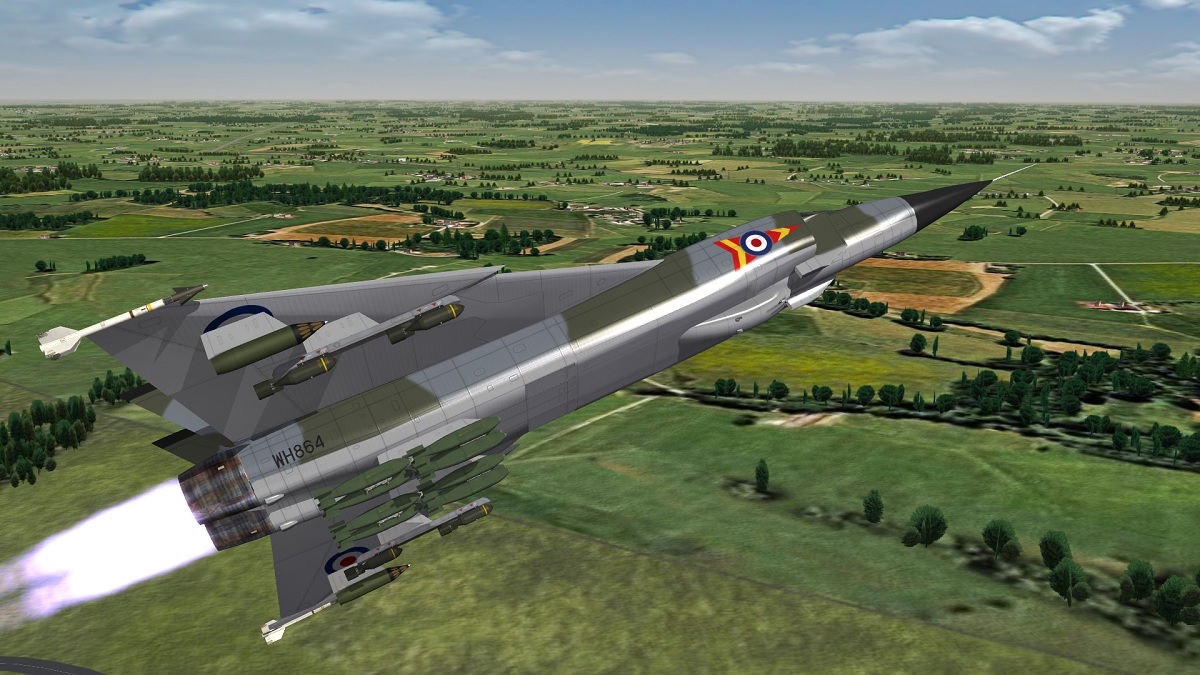One of the problems is that the user keeps wanting to fiddle with the design (e.g. Spey Phantom, and British-engined AH-64) which sends the price through the roof.
Yup, very much so.
Problem with the F-4 in UK service was that the type wasn't best suited for British carriers, so it had to be made suitable, which entailed quite a lot of changes to the basic design, some of which McDD eventually incorporated into the type anyway. The Spey engined Phantom was proposed by McDD as early as 1962 as a possible entry to the TFX programme with an eye on foreign sales to the RN. I'm not saying the British Phantom was not expensive and didn't have poorer performance compared to US models, because it did, but in order to get it to work on British carriers, a lot had to be done to it, but McDD was on board right from the start; for them the benefit was potential orders from nations that operated British carriers, such as Australia, Canada, Argentina, Brazil etc...
The British Phantom was initially as much a McDD proposal at any rate, with the election of a new Labour government in 1964 the aim in defence spending was cost cutting and as mentioned earlier, the Minister of Aviation and a British delegation went to the USA with an eye to saving money by buying US stuff but with British industry involvement, the Americans pulled out the red carpet, spun stories and did the very utmost they could to placate the British and win orders and the Phantom replacing the P.1154, the C-130 replacing the HS.681 and the F-111 replacing the TSR.2 began to take shape, helped a little with some good ole' US hospitality thrown in...
McDD and the Brits had investigated the F-4B for Britain back in 1960, with a number of research projects launched to ascertain its viability, but again, the unsuitability for British carriers was a bit of a headache. It wasn't the best fit to be honest, but both countries' industries made it work, at great expense and modification, with the commensurate loss in performance, of course...
Perhaps the Brits could or should have come up with a collab with France for a marine aircraft? Say, like the Jaguar M? This did prove superior in many ways to the Etendard IV...


